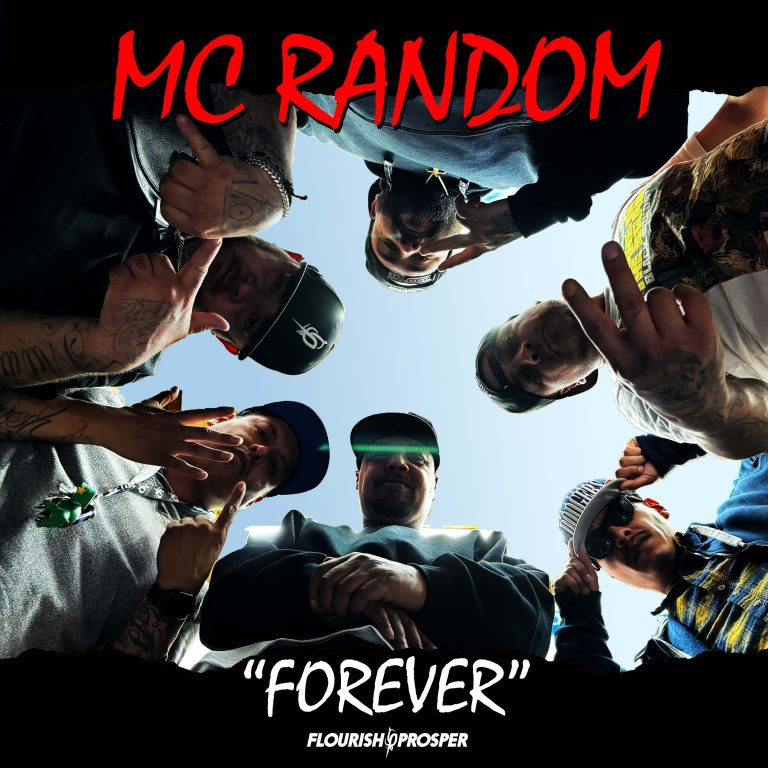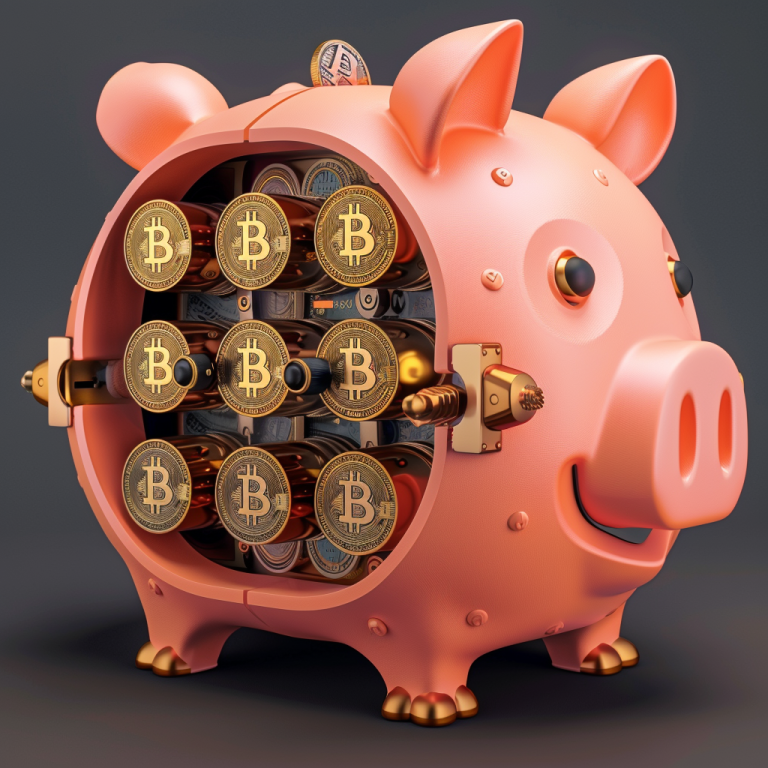Introduction to Music Festivals in Virtual Reality
The fusion of technology with art and entertainment has rapidly redefined the possibilities within each sector. One such integration that has been creating a buzz is the use of Virtual Reality (VR) in music festivals. This innovative intersection promises to deliver immersive experiences, transforming how we engage with music and its peripheral activities.
Reimagining Music Experiences
Virtual Reality holds the power to take music festivals beyond their physical locations, breaking geographical barriers and enabling wider access. It’s not just about bringing the festival experience to those who couldn’t attend in person but enhancing the experience for those present. Through VR, attendees can transcend physical space and engage in experiences otherwise impossible, like getting up close with their favorite artists or taking a virtual backstage tour. Moreover, the integration of VR gives room for festivals to become more inventive, with interactive installations and VR-based performances.
Enhancing Accessibility and Inclusivity
A significant aspect of implementing VR in music festivals is the potential for increasing accessibility. Those unable to attend due to disability, distance, or financial constraints could feasibly have an immersive festival experience through VR. The enterprising merge of technology and music sees a more inclusive future where everyone, irrespective of their circumstances, can partake in these cultural events.
The Promise of Sustainability
Furthermore, the use of VR in music festivals addresses one of the main woes associated with such events – the environmental concern. Festivals leave an enormous carbon footprint due to travel, waste, and energy consumption. However, ‘virtual’ festivals could drastically reduce this impact, positioning them as a more sustainable option. Thus, VR may hold the key to hosting eco-friendly music festivals while delivering extraordinary experiences.
This marriage between Virtual Reality and music festivals brings forward the potential of a new era in the music and entertainment industry. It reinvents the way we perceive and interact with music, paving the path for a future where music is not just heard but experienced in a fully immersive way.
![]()
The Evolution and Impact of VR in Live Events
The Transformation of Live Events through VR
The evolution of Virtual Reality (VR) has brought about significant changes to live events, particularly music festivals. This technology began as a novel tool, generally reserved for gaming and experimental applications. However, it quickly expanded its reach into the realm of live events, offering a unique way to experience music concerts, sporting events, and theater performances. Initially, the application of VR in live events was limited to providing audiences with a virtual seat, often from a VIP or unreachable perspective. As the technology became more sophisticated, so did its applications, leading to immersive interactive experiences that transcended conventional boundaries.
VR: Creating New Experiences in Music Festivals
A key turning point in this evolution was when VR started to be used not just as a tool to enhance existing experiences, but a medium to create entirely new ones. In music festivals, VR technology has been used to cultivate unique experiences that extend beyond the music itself. Virtual stages and environments, interactive visual effects, and even virtual meet and greets with artists have become part and parcel of the festival experience, thanks to VR. These immersive experiences have transformed music festivals from being solely about the music to multifaceted sensory events, offering a deeper level of engagement and connection for attendees.
The Impact of VR on the Live Event Industry
Looking at the larger picture, the impact of VR on the live event industry has been revolutionary. The ability for people to attend events virtually has broken down geographical barriers, allowing global audiences to participate synchronously. This has dramatically widened the outreach of events, allowing them to engage with a truly global audience. From an economic standpoint, this also opens up new revenue streams for organizers, as digital ticket sales become increasingly relevant.
In addition to expanding audiences, VR technology has also enhanced the value offered to those attending events. By providing a rich, immersive experience, VR has added a new layer to the audience engagement dimension. This technology also offers flexibility and personalization – attendees can choose their viewing perspective, interact with the environment, or even decide on the narrative at times. The resulting impact is that VR has successfully elevated live events to a comprehensive experiential level previously unimaginable.
Technological Developments in Virtual Reality for Festivals
Evolution of Virtual Reality in Festivals
The last few years have seen a significant evolution in the use of Virtual Reality (VR) at music festivals. This innovative technology has enabled festival-goers to experience performances in ways that were previously unimaginable. A prime example of this trend is the introduction of VR headsets, allowing viewers to be virtually present and immersed within a 360-degree view of the festival’s atmosphere.
VR technology also enables remote participation from spectators who cannot physically attend the festivals. By using high-resolution, panoramic camera technology combined with VR headsets, these remote participants can enjoy immersive experiences from the comfort of their homes.
Immersive Interactive Experiences
Integrating interactivity into VR experiences is another ground-breaking development in this realm. Through the use of VR gloves and wearable haptic devices, participants can interact with the virtual environment in real-time.
For instance, they might be able to virtually touch and play musical instruments, dance with digital avatars, or manipulate the virtual environment around them. This fosters a more captivating and engaging experience, appending a new layer of interaction that goes beyond mere observation.
Another progression is the integration of Augmented Reality (AR) elements into the VR festival experience. This blend, termed Mixed Reality (MR), allows for the overlaying of digital elements onto the physical world, combining the best of both realities.
Future Perspectives of VR in Music Festivals
Looking forward, the potential for VR in music festivals is enormous. One expectation is the development of ‘social VR’. In this context, festival-goers could create their own avatars, meet up with friends, network with others, and enjoy the festival together, all within a virtual environment.
Further advancements could see AI-driven virtual artists performing live at these festivals. This will not only offer a unique spectacle but could reshape the boundaries of creative expression in music festivals.
Real-time music production in VR environments is another anticipated development. Imagine musicians from different corners of the world, jamming together in a virtual studio and performing live for a global audience.
These technological developments represent just the tip of the iceberg. As technology progresses, we can expect the VR festival experience to become increasingly immersive, interactive, and extraordinary.
Benefits of VR in Enhancing Music Festival Experiences
Creating an Immersive Visual Experience
One of the primary benefits of utilizing Virtual Reality (VR) in music festivals is the enhancement of visual experiences. With VR, concert organizers can create astonishing 360-degree visuals that encapsulate the entire musical performance, making festival-goers feel as if they are right in the middle of the action. This immersive experience goes beyond just watching a concert; it provides fans a chance to interact and engage with the music and the environment on a deeper level.
Overcoming Geographic and Accessibility Barriers
VR in music festivals offers a solution to those unable to attend events due to geographic or physical limitations. This innovative technology enables users to experience the hustle and bustle of a music festival from the comfort of their own homes. This not only expands the audience base for the festival organizers but also democratizes access to world-class music performances.
Promoting Interactive Fan Participation
In a traditional concert setting, audience participation is limited by the confines of the venue. However, VR technology injects a new level of interactivity into music festivals. Audiences can use VR to navigate through the festival grounds virtually, choose their viewing spots, and even interact with other virtual attendees. This interactive fan participation creates a sense of community and enhances the overall festival experience.
Revolutionizing Artist-Fan Interaction
One of the groundbreaking benefits of VR in music festivals is the potential to transform artist-fan interactions. Virtual meet-and-greets, for instance, can provide a more memorable and exclusive experience for fans. Unlike traditional backstage passes, VR can offer fans intimate one-on-one sessions with their favorite artists, giving them a memory that lasts long after the festival ends.
Case Studies: Noteworthy VR-inclusive Music Festivals
Tomorrowland’s Digital Festival Adventure
One of the earliest adopters of virtual reality in the music festival landscape was the Belgian electronic dance music festival, Tomorrowland. In 2020, amidst the global pandemic, Tomorrowland decided to take their renowned festival online, creating a stunning version in the digital realm. Known as “Tomorrowland Around the World,” this two-day festival offered immersive experiences using VR technology.
Viewers could explore different stages, interact with other festival-goers, and enjoy performances by top-tier artists, all from the comfort of their homes. The immense success of the event demonstrated the potential that lies within VR technology to elevate music festival experiences.
Travis Scott’s Astronomical Fortnite Concert
In April 2020, rapper Travis Scott partnered with Fortnite, the popular online video game, for a virtual concert titled “Astronomical.” This event stands out due to its incredible use of VR functionality within an existing gaming platform. Over 27 million unique players participated live, proving a significant benchmark for the future of virtual music festivals.
This innovative approach provided not just an alternative to live concerts during the lockdown but showcased the possibility of creating unique, immersive experiences beyond physical limitations.
The Wave of Virtual Reality in Burning Man
Another noteworthy example of VR adoption in music festivals is the iconic Burning Man event. Unable to proceed with its regular desert gathering due to the pandemic in 2020, Burning Man transitioned to a virtual “Multiverse,” employing VR technology to simulate its distinctive experience. Through dynamic 3D art installations, multiple themed camps, and numerous musical performances staged in different ‘virtual’ locations, participants could still celebrate the event’s unique ethos, demonstrating the resilience of community spirit and cultural exchange through virtual reality platforms.
Potential Challenges and Solutions in the VR Music Festival Space
Issues Related to Hardware and User Experience
The first challenge lies in the realms of hardware and user experience. Despite continual advancements in VR technology, not all users have access to high-quality, reliable VR equipment. This can limit participation and overall enjoyment of the music festival experience. Furthermore, even with superior hardware, some participants may experience discomfort or motion sickness due to prolonged use of VR headsets.
The solution to these challenges could lie in investment and development in the VR hardware industry, especially focusing on user comfort and accessibility. It would be beneficial if music festivals provide rental services for high quality VR gear at lower prices. This way, more people can partake and relish in the virtual reality experience.
Challenge of Social Interaction
Another prominent challenge is replicating the social interaction aspect of a physical music festival. The sense of community and shared experience is fundamental to festival enjoyment and can be tricky to replicate in a virtual environment. Lack of physical presence can result in a detachment from the feeling of ‘being there’.
To tackle this problem, VR platforms need to further advance their social features, such as enabling more authentic and responsive avatar movements, integrating voice chat and virtual meetups, and facilitating shared experiences like collectively watching performances.
Difficulty in Representing Physical Sensations
A significant challenge of VR music festivals is imitating the real-life sensory experiences associated with live music events. The thunderous vibrations of bass, the palpable energy of a hyped crowd, and the feel of dancing in an open-air setting are all experiences that are difficult to mimic in a virtual environment.
Advancements in haptic technology could be one solution here, offering users the sensation of touch and physical feedback during the festival. Surround sound technology can also enhance the auditory experience, immersing users in the concert’s soundscape. Furthermore, creative use of visuals within the virtual environment can help compensate for the lack of physical sensations.
Looking Forward: Predicting Trends in VR and Music Festivals
Anticipated Developments in VR Music Experiences
As we roll further into the digital age, music festivals and Virtual Reality (VR) are expected to intertwine more frequently and intimately. One anticipated trend is increasingly immersive audience experiences. Concert-goers may soon enjoy performances not just from the crowd’s perspective but also from the stage’s view or even from a bird’s eye vantage point.
Personalized viewing angles, enabled by VR, can profoundly customize and enhance an individual’s festival experience.
Additionally, there’s immense potential for innovative interactive elements. Participants could be allowed to influence the visuals, creating a unique collective art piece, or engage directly with artists during performances. Allowing fans to dive deeper into the music by interacting with VR representations of sound waves and lyrics is another exciting possibility.
The Implications for Digital Inclusivity
The advent of VR technology in music festivals has equalizing implications. As VR becomes more integrated within these events, it might extend festival experiences to those who otherwise couldn’t participate due to geographical, physical, or financial constraints.
By streaming concerts live in virtual spaces, fans worldwide could virtually attend and interact with the festival as if they were physically present. This inclusive approach could potentially usher in an era of global participation that democratizes music festivals.
The Future of Artistic Expression
Finally, VR has an exciting future in reshaping musical performances themselves. Through innovative applications of VR, artists will have a radical new platform with limitless potential for expressing their creativity. They could create visually stunning virtual landscapes that evolve with their music, or design surreal experiences that push the boundaries of traditional performance. However, it’s crucial to consider the challenge of maintaining authenticity and connecting meaningfully with the audience in such technologically mediated environments.
All of these trends point to an exciting future where technology and creativity converge in unprecedented ways to transform music festivals into immersive, inclusive, and highly expressive global events.



